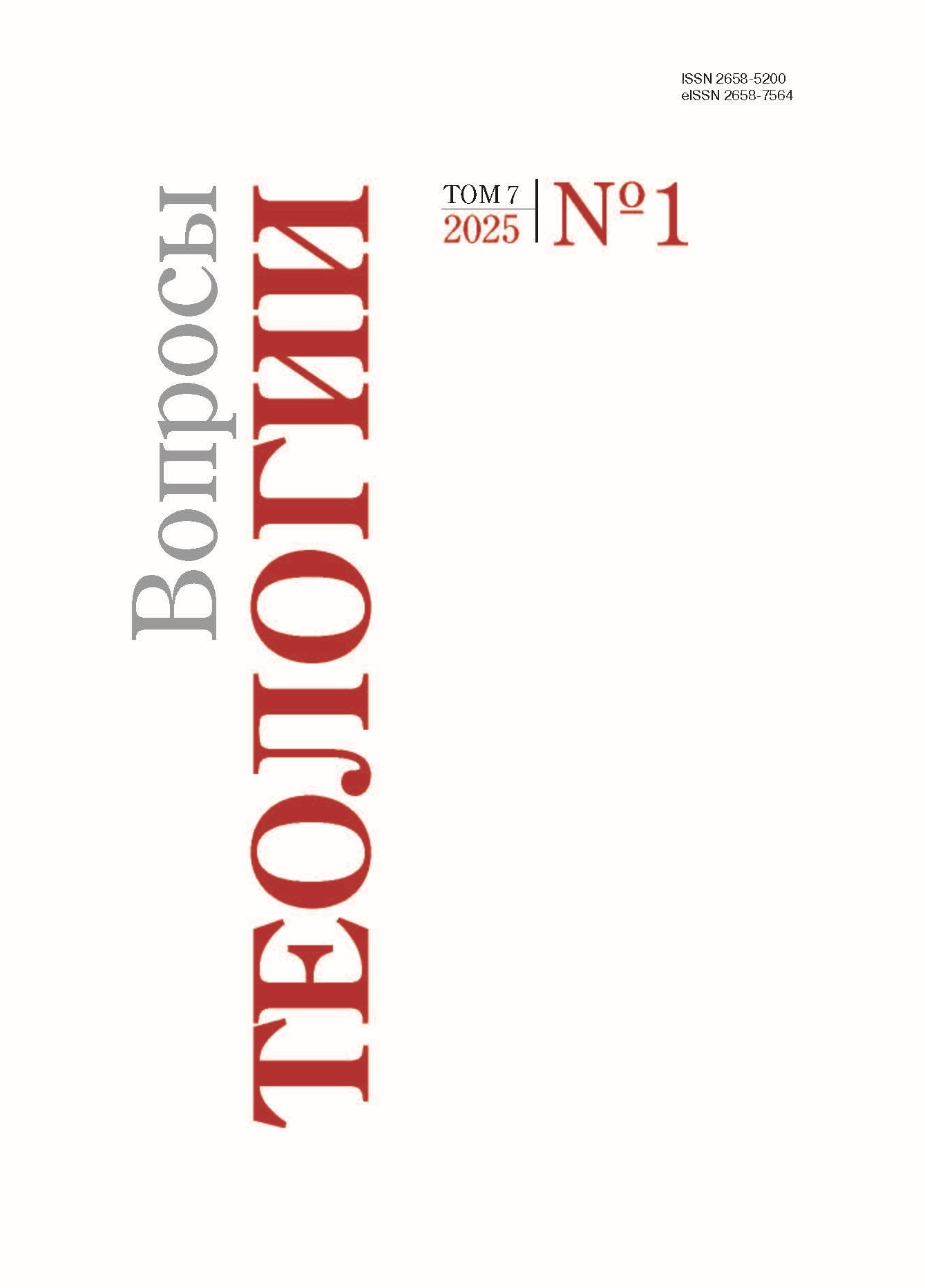Adam’s image in the Quran
DOI:
https://doi.org/10.21638/spbu28.2025.102Abstract
The article is devoted to the analysis of Quranic ideas about Adam, the first man created by Allah. Adam is described by the Qur’an as Allah’s vicar on earth, created from the dust of the earth, later tempted and fallen, but forgiven by Allah without consequences due to original sin and earned prophetic dignity. The secondary Qur’anic contexts of Adam’s image are analyzed in detail: the semantics of dust in the context of hypocrisy of unbelievers and resurrection of the dead; the differences between people (“sons of Adam”) as the basis of an anthropologically vertical Islamic understanding of society; the “day of Alastu” as the metahistorical basis of Islamic universalism; the negligence of the heart, opposite to the remembrance of Allah, in which both people and jinn abide, as a step on the road to disbelief. The complex Qur’anic plot of the covenant, temptation and Adam’s fall is linked to the contexts of forgetfulness; whispering by Iblis, the main representative of evil forces in the Islamic picture of the world, albeit accountable to Allah; disobedience contrary to patience; and the fate of a man who has lost his way and is lured by the beauties of earthly life. All human strengths and weaknesses comprehensively revealed in the Qur’ān, first of all, using the story of the creation of man as an example, with the use of such series of concepts as bashar, man, the human race; ins, humans as a species of living beings; insān, man; nās, people; zawj, couple, spouses; rajul, husband, man etc.
Keywords:
Islam, Koran, Adam, first man, religious anthropology, Islamic anthropology, Koranic anthropology, “day of Alastu”
Downloads
References
References
Downloads
Published
Issue
Section
License
Articles of "Issues of Theology" are open access distributed under the terms of the License Agreement with Saint Petersburg State University, which permits to the authors unrestricted distribution and self-archiving free of charge.




